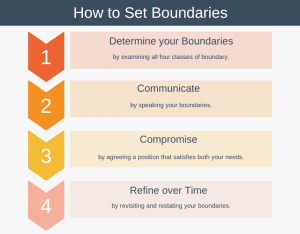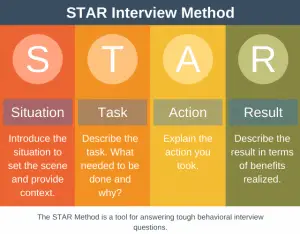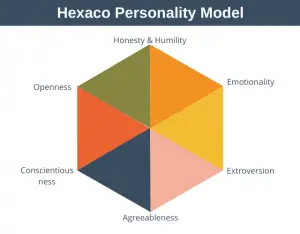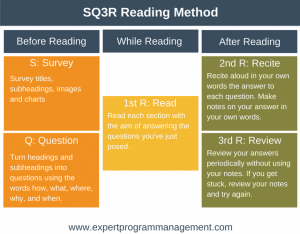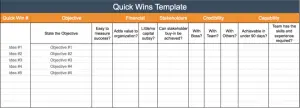Gibbs’ Reflective Cycle can be used to help you learn from your experiences.
Your experiences have shaped who you are. However, to grow as a person experience alone isn’t enough. You need to reflect on your important experiences to form theories, rules, and principles that will make you better at your job.
Gibbs’ Reflective Cycle is a simple six-stage process that can help you reflect on your experiences in the workplace. You’ll learn what went well, as well as what could have gone better, and put together an action plan to address your weaknesses.
Background
The model was first described by Professor Graham Gibbs in his 1998 book, Learning by Doing: A Guide to Teaching and Learning Methods. The book is available as a free download here.
The model is in part inspired by Kolb’s Learning Cycle, who in turn was inspired by the work of Kurt Lewin.
Gibbs’ Reflective Cycle Explained
The model is a circular six-step critical reflection process. The circular nature of the model lends itself to learning from experiences over time. The model consists of six steps:
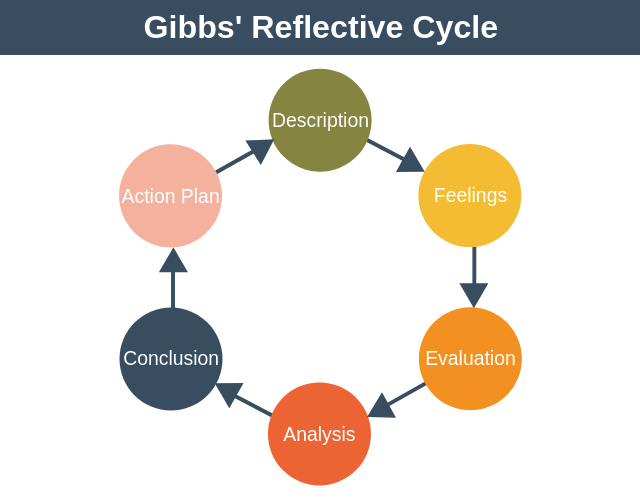
The first three steps of the model focus on what happened during the experience being analyzed. The final three steps of the model focus on how you can improve your experience for future similar situations you encounter.
Tip
The model is a useful career skill to have. You can use it to evaluate your performance in the workplace, but it is also a great model to use if you are coaching a subordinate or colleague to improve their skill in a particular area.
Step 1: Description
In this stage, you simply describe what happened. To do this, you provide a factual description of what happened – don’t draw any conclusions yet (you’ll do that later). This step aims to set the scene and provide some context, so you get a better understanding of the experience.
Questions that can help include:
- What happened?
- When and where did it happen?
- Why were you there?
- What did you do?
- How did people react?
- What happened at the end?
Step 2: Feelings
In this step, you describe the feelings you felt during the experience. You shouldn’t try to judge or evaluate your feelings, simply state what they were.
Questions that can help include:
- How did you feel before, during, and after the experience?
- What do you think others felt during the experience?
- How do you feel about the experience now?
- How do you think others feel about the experience now?
Step 3: Evaluation
In this step, we objectively evaluate the experience. Here we are trying to determine what went well and what didn’t go so well. It is essential to be as honest as possible to get the most out of this process.
Questions that can help here include:
- What went well?
- What didn’t go so well?
- Was the situation resolved afterward? Why or why not?
- What positive or negative did you contribute?
- What positive or negative did others provide?
Step 4: Analysis
In this step, you describe what you think might have helped or hindered the situation. The aim is to explore the options that might be available to you if you encountered a similar situation again.
This step is an excellent opportunity to conduct some research into academic models or tools might have helped you. For example, if you’ve had a presentation that didn’t go so well because it wasn’t well structured, then a tool such as Monroe’s Motivated Sequence might have helped.
Step 5: Conclusion
Now you have analyzed the different options available to you, in this step its time to focus and draw some conclusions.
Using the information you’ve collected in your analysis, ask yourself:
- What skills/tools can help you do better next time? Can you use these skills right now or is it something that you need to develop?
- What will you do differently next time?
- If there were negative outcomes last time, how would you avoid those?
- What else could have been done to make this a more positive experience for everyone involved?
Step 6: Action Plan
In this step, you plan based on your conclusions, how you’ll position yourself so you can better handle a similar situation next time. It is crucial you commit and take action on your plan so that real change occurs.
If you’re coaching someone else through the Reflective Cycle, then agree on a date to speak again to review progress on the plan.
Advantages and Disadvantages
There are several advantages associated with Gibbs’ Reflective Cycle.
- The model is easy to understand and easy to use.
- It allows you to learn over time based on your experiences.
- Over time it gives you more balanced and accurate judgment.
Criticisms of Gibbs’ Reflective Cycle include:
- It’s a reactive rather than proactive approach to improving your skillset.
- It can be a superficial reflection as there is no reference to critical thinking, referencing your assumptions, or analyzing the situation from a different perspective.
- The model doesn’t contain any deep probing questions?
- It can be difficult for many people to open up and discuss their feelings.
- It works best with an expert practitioner or coach guiding you through the process.
Gibbs’ Reflective Cycle Example
In this example, imagine you gave a presentation to your senior leadership team, and it hasn’t gone well. Retrospectively using the model, your analysis might look something like this:
| Step | Notes |
|---|---|
| Step 1: Description | Last Monday I was giving a presentation to the board. The purpose of the presentation was to provide an update on my department’s progress in the previous quarter.
I only got to slide three before the whole thing fell apart! The finance director asked me a question on the figures, and I got flustered. He already didn’t agree with the direction of my presentation. A big debate ensued, and I didn’t even complete my presentation! |
| Step 2: Feelings | In the lead up to the presentation, I felt very nervous as it’s not every day I give a presentation to the leadership team. I felt panicked when asked the numbers question. I felt like an idiot when my time was up, and I hadn’t even made it past the introduction. |
| Step 3: Evaluation | On the positive side, I’ve heard from my boss that this kind of thing happens all the time. Afterward, I just felt sad that I’d messed up and a little mad with the finance director. |
| Step 4: Analysis | On reflection, I should have sent a copy of the presentation to each member of the leadership team in advance of the presentation. I also should have followed up with each of them in person to check that they didn’t take issue with anything I was going to present. This would have also helped to calm my pre-presentation nerves. |
| Step 5: Conclusion | On balance, I realize that these things happen and it’s not the end of the world to have a presentation go wrong like this. The good news is that I can see a way to go forward which has a good chance of a better outcome next time. |
| Step 6: Action Plan | 1. Distribute the presentation to key stakeholders in advance. 2. Run through the plan with anyone who might have an issue with it. This will also serve as a practice run at performing the presentation. |
Gibbs’ Reflective Cycle Template
You can download a template to help you conduct a Gibbs’Reflective Cycle in PDF format here.
Summary
Gibbs’ Reflective Cycle provides a six-step circular process that you can use to help you learn through practice.
The first half of the model helps you collate what happened during your previous experience, while the second half helps you understand the improvement options available and take action, so you improve your performance in any similar situations you encounter in the future.

